Swamp Angels and River Pirates: Welcome to 1850s Manhattan
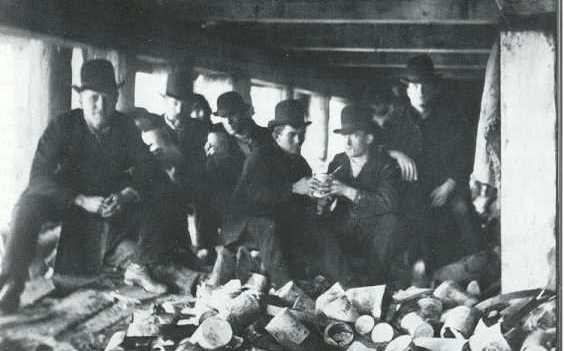
Sponsored post is in partnership with BBC America’s upcoming cop drama, Copper, set in 1860s New York City.
Descriptions of Manhattan from the 1850s seem to hover on the edge of myth and nightmare. The city is described as a squalid hell-hole in which gangs stalked the streets, perched on the rooftops, and made homes in the city’s sewers. They weren’t lying.
Among the many gangs that ruled lower Manhattan in the 1850s few were as horrifying or as feared as the Swamp Angels. Among their common nightly larks was jumping new arrivals to Manhattan–
“From the garret window of some hunchbacked house near the water, a woman would dump a bucket of ashes onto the head of a passerby. As he gasped and choked, the Swamp Angels would descend upon him, drag him down the basement steps, and pillage him.” - From ”A Universal History of Infamy”
The Swamp Angels were a particularly troublesome bunch. Part of what made them so difficult to stop is that while other gangs holed up in alleyways and bars, the Swamp Angels preferred a more secretive, subterranean existence. Via a “rookery on Cherry Street called Gotham Court” the Swamp Angels could enter into the sewer system of New York, to hide, store their loot, and celebrate their victories.
The area in which they lived, Gotham Court, though not as famous as the Five Points, it was about as bad as New York tenement living got. Also known as “Sweeny’s Shambles,” the “fearful odors and vapors which seeped into the court made it one of the unhealthiest spots in the city.” During one cholera epidemic nearly a fifth of the population died.
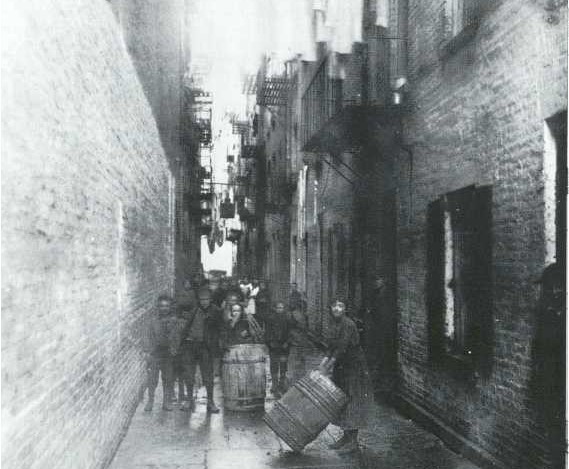
No one was safe in Gotham Court, and if a member of the upper class were to accidentally wander into the area, he would be “set upon, murdered or robbed, or both before he had gone a block.” It was beneath these streets, under the manholes found in the alleyways that the Swamp Angels made their home and launched their nightly raids.
Unlike the brawling, constantly squabbling gangs such as the Dead Rabbits and the Bowery Boys, the Swamp Angels had a “profession,” as it were. They were river pirates. George W. Matsell, Chief of Police in 1850, spoke of the river pirates, saying they “pursue their nefarious operations with the most systematic perseverance, and manifest a shrewdness and adroitness which can only be attained by long practice. Nothing comes amiss to them. In their boats, under cover of night, they prowl around the wharves and vessels in a stream, and dexterously snatch up every piece of loose property left for a moment unguarded.”
One of a handful of river pirate gangs in lower Manhattan during the 1850s, they stalked the waters of the East River and preyed on the sailors and ships in the ports. Considered murderers rather than brawlers, one Swamp Angel was said to be “more than a match for any Dead Rabbit, Plug Ugly, or Bowery Boy.”
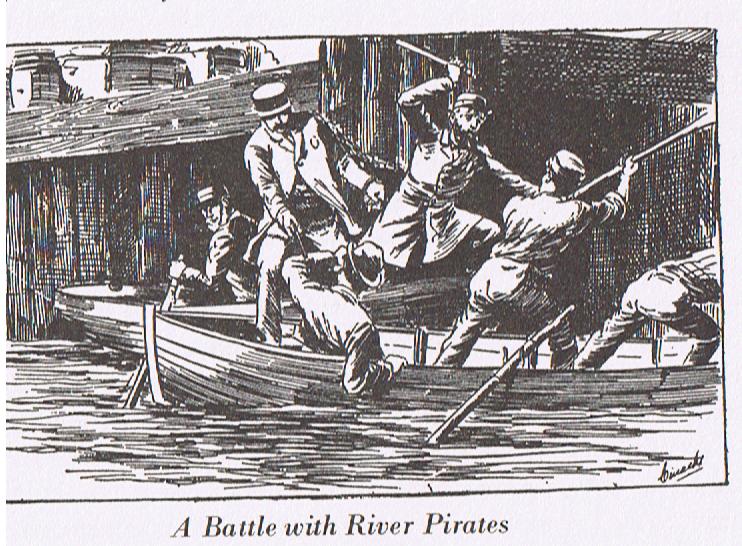
The police, frustrated and desperate, eventually hired snipers to guard the waterfront, but it did little to deter the sewer dwelling Swamp Angels who would swarm out at night under the cover of darkness. Finally the police were forced to send squads in to regularly patrol the sewers and “encounters occurred nightly between the police and gangsters and many officers and thugs were killed and wounded.”
Through this all, the Swamp Angels remained like some mythic beast prowling the other world that lay just beneath the streets of Manhattan. Eventually they merged with other riverfront gangs to become the White Hand Gang. The White Hand Gang continued to operate as river pirates and Irish toughs until 1925.
Read more about BBC America’s upcoming cop drama, Copper on www.vice.com/columns/copper.


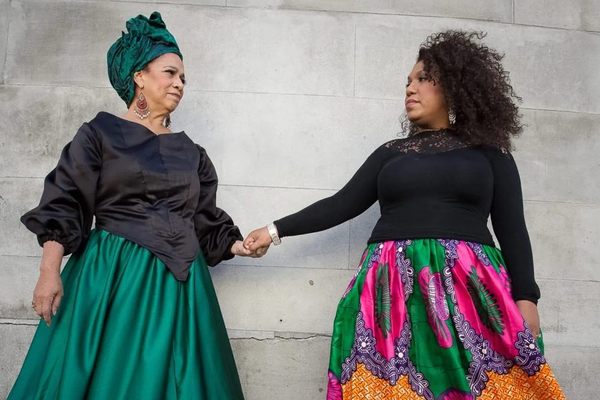
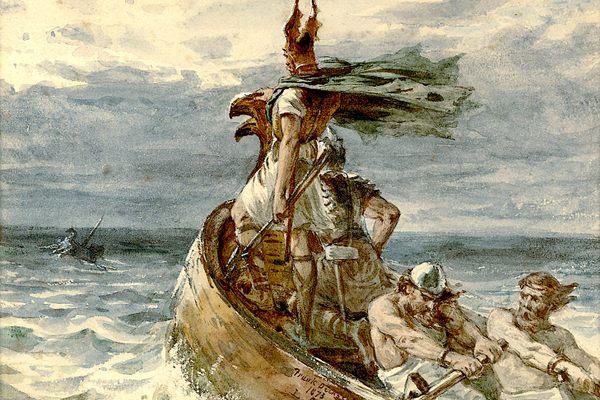



Follow us on Twitter to get the latest on the world's hidden wonders.
Like us on Facebook to get the latest on the world's hidden wonders.
Follow us on Twitter Like us on Facebook